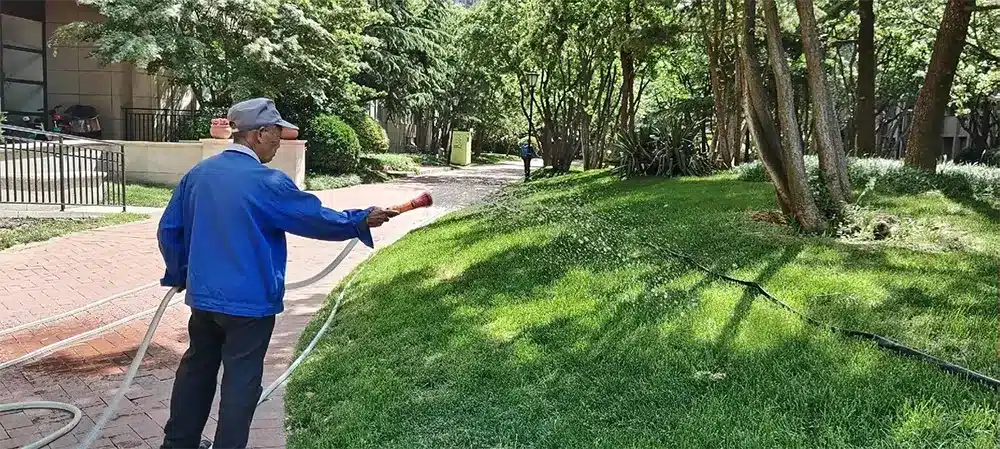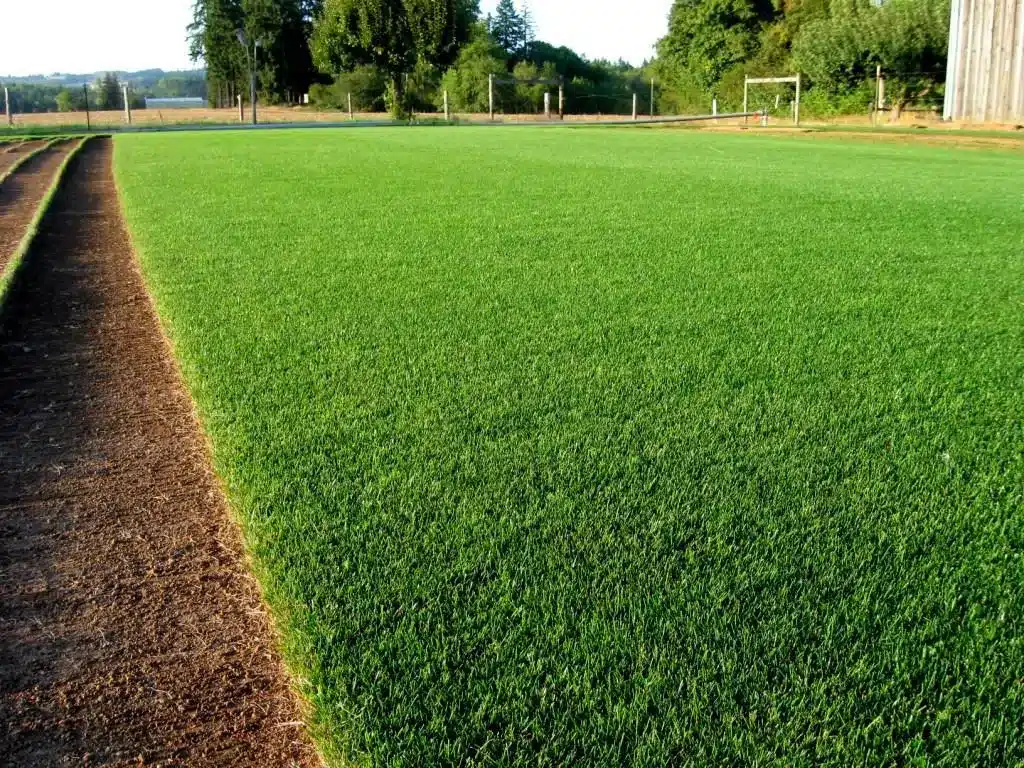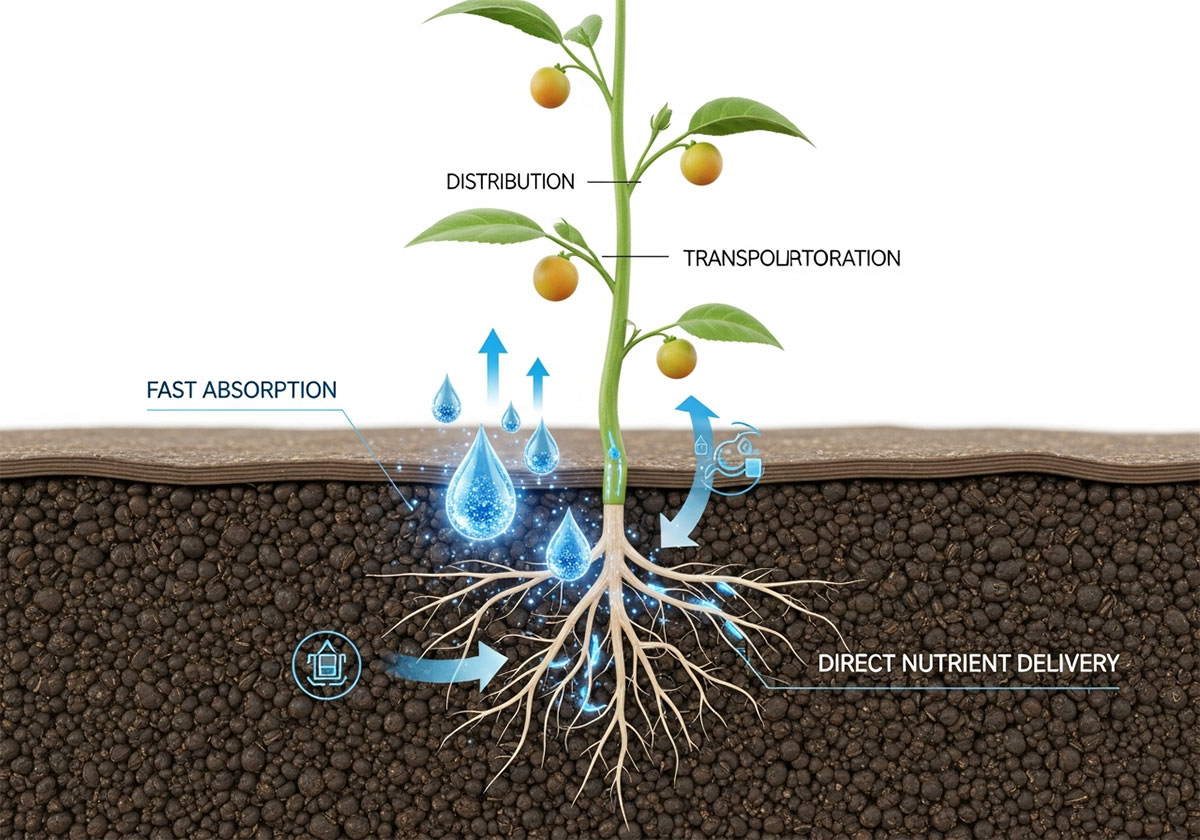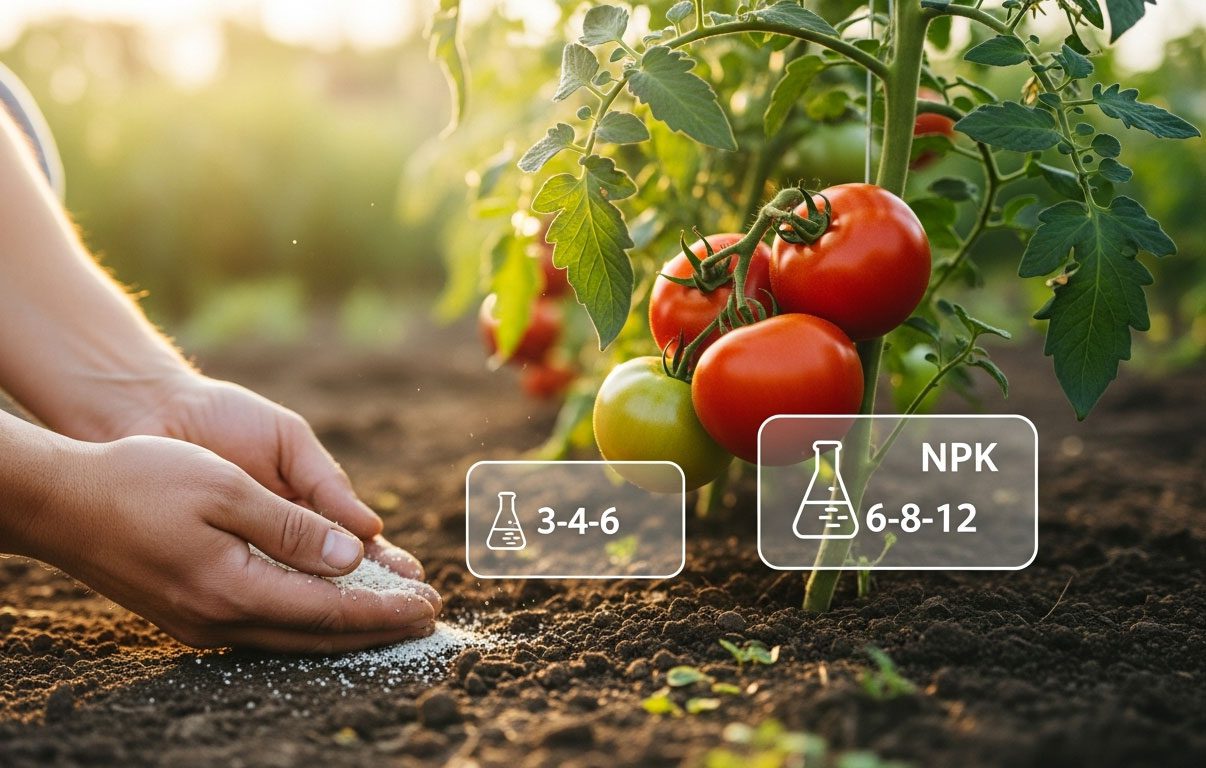table of contents
A lawn that is full of grass doesn’t just happen. One of the most important things you can do for your lawn is to fertilize it correctly. But knowing when to fertilize is just as important as knowing what fertilizer to use. Applying at the wrong time can hurt grass, waste nutrients, and even hurt it for a long time. Depending on the type of grass and the season, this guide will show you the best times to fertilize your lawn all year long.

Why Is Fertilizing Time So Important?
We all know that fertilizing lawns at the wrong time, like too early, too late, or during a heat wave, will burn the roots, which will make the lawn get sick and waste our money. Especially for organic fertilizer, it is a kind of slow-release nutrient, so this makes timing even more important: you need to match the time with the needs of the plants. So fertilizer timing matters because:
- Applying during active growth helps grass take in nutrients better.
- If you fertilize at the wrong time, nutrients can wash away, plants can grow poorly, or they can get sick.
- The effectiveness of fertilizer is affected by changes in temperature, sunlight, and rain throughout the year.
When to Fertilize Lawn in Spring
People often think about fertilizing their lawns for the first time in the spring. But timing is very important:
- Early Spring (too soon): Fertilizing right after winter dormancy may make plants grow weakly and shallowly.
- Late Spring (best): It is the best time to fertilize your lawn. You should do it after the grass has started to grow and you’ve mowed it at least two or three times. This makes sure that the lawn is ready to take in nutrients so it can grow steadily.
Fertilizing in the spring gives your lawn a boost after the winter and helps it get ready for the summer heat.
When to Fertilize Lawn in Summer
It can be very hard to care for grass in the summer because of the heat:
- To keep the color and strength of your plants, fertilize them lightly in early summer.
- Don’t use too much in the hottest part of summer, as this can burn grass and spread disease.
- Use fertilizers that release nutrients slowly so your lawn doesn’t get shocked.
Summer is the best time for warm-season grasses to grow, so feeding them then is especially helpful.
When to Fertilize Lawn in Fall
Many people think that fall is the best time for fertilization:
- Grass uses nutrients to make its roots stronger, store energy, and fix damage from the summer.
- Feeding your lawn in the fall will help it survive the winter and come back quickly in the spring.
- Put fertilizer on the ground 6 to 8 weeks before the first frost is expected.
Fall fertilization helps cool-season grasses the most, but it also helps warm-season grasses get stronger roots before they go dormant.
Is it necessary to fertilize in the winter?
Because grass is dormant and can’t take in nutrients, winter fertilization isn’t needed in many places. But in warmer places where grass stays green all year, a light winter feeding may help keep the color and strength.
Don’t fertilize lawns that are frozen or covered in snow because the nutrients will wash away and pollute waterways.
How Often Should We Fertilize Our Lawn?
We should fertilize our lawn 2 to 4 times a year, depending on the types of grass, the soil, and the weather in your area. A good schedule for cool-season grasses is in the spring, late summer, and fall. For warm-season grasses, it’s in late spring, mid-summer, and early fall. The best way to find out exactly how often and what kind of fertilizer your lawn needs is to test the soil.
Practical Fertilization Tips
- Should you fertilize before or after it rains? – Works best when the soil is a little wet, and then you water it lightly. Stay away from forecasts for heavy rain, which can wash away nutrients.
- Morning or evening? – Morning application is best; grass is dew-covered and less stressed by heat.
- New seeds for grass? Use a starter fertilizer with a lot of phosphorus to help the roots grow.
- Quick-release or slow-release? – Slow-release provides steady feeding, while quick-release works fast but may require more frequent applications.
Common Mistakes
- Too much fertilizer can hurt roots and burn grass.
- Wrong timing—fertilizing grass that isn’t growing wastes money and hurts the health of the soil.
- Not testing your soil—You might be adding nutrients that aren’t needed if you don’t know what your soil is like.
- Not watering correctly—water is needed for fertilizer to get through the soil and to the roots.
FAQs About Lawn Fertilization
Q1: Should I mow before fertilizing?
Yes, mowing before fertilization allows nutrients to reach the soil more effectively.
Q2: Can I fertilize and water on the same day?
Yes, in fact watering after fertilization helps nutrients soak into the soil.
Q3: What happens if I fertilize too often?
Over-fertilization can lead to excessive growth, nutrient runoff, and long-term soil imbalance.
Q4: Is fall fertilization more important than spring?
Yes, fall feeding strengthens roots, improves winter survival, and supports early spring growth.
Q5. Can I fertilize in winter?
Cool-season: only if soil ≥10 °C; warm-season: dormant, so no.
Q6. How many times a year with organics?
Cool-season: 3; warm-season: 4. Over-applying increases thatch, not color.
Q7. Does grass-cycling replace a feeding?
Returning clippings supplies ~1 lb N/1,000 ft² annually—enough to skip one light summer feed.
Q8. Will organic fertilizer green-up fast?
Expect 7–14 days vs. 3–5 days for synthetics, but color lasts 6–8 weeks without surge growth.
Conclusion
The secret to keeping your lawn healthy and green all year is knowing when to fertilize it. The best timing depends on the types of your grasses and local weather. Generally speaking:
- If you want to help plants grow, you’d better fertilize them in late spring.
- If you need to, apply lightly in the summer.
- In the fall, feed a lot to help the roots grow.
If you follow seasonal guidelines and avoid common mistakes, your lawn will get the nutrients it needs to stay beautiful and strong for a long time.





